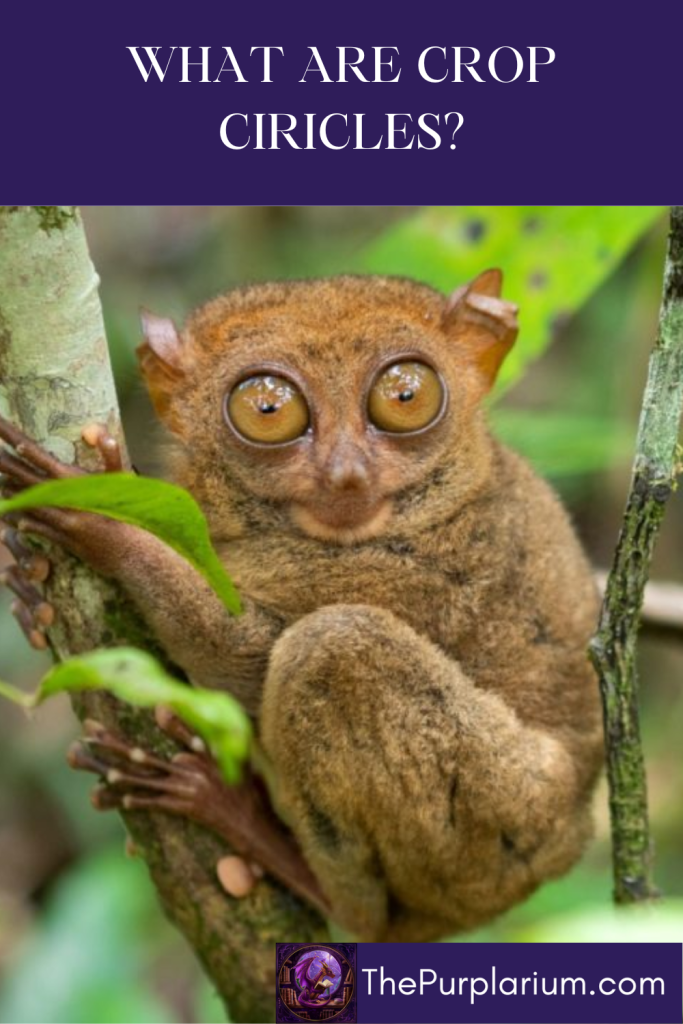The natural world is full of surprises, and one of the most thrilling discoveries is finding animals that were once thought to be extinct. These “Lazarus species,” named after the biblical figure Lazarus who was resurrected, remind us of nature’s resilience and the mysteries still hidden in our planet’s amazing ecosystems. Let’s explore some of these incredible rediscoveries and the stories behind them.

Coelacanth
The coelacanth, a prehistoric fish, was believed to have been extinct for about 66 million years. However, in 1938, a live specimen was caught off the coast of South Africa, shocking the scientific community. Dubbed a “living fossil,” the coelacanth has distinctive lobed fins and a unique skeletal structure that links it to early tetrapods (four-limbed vertebrates).
Since its rediscovery, coelacanths have been found in various locations around the Indian Ocean, including near the Comoros Islands, Tanzania, and Indonesia. Their deep-sea habitat and elusive nature make them difficult to study, but they continue to provide valuable insights into vertebrate evolution.
La Palma Giant Lizard
The La Palma giant lizard was thought to have disappeared around 500 years ago, largely due to predation by introduced species like cats and rats. This species, native to the Canary Islands, was rediscovered in 2007 by a local resident who spotted one on a rocky hillside.
Efforts are now underway to protect and study the remaining population of these lizards, focusing on habitat preservation and predator control. The rediscovery of the La Palma giant lizard highlights the importance of local knowledge and the potential for finding hidden populations in isolated regions.
Takahe
The takahe, a large, flightless bird native to New Zealand, was believed to be extinct since the late 19th century. In 1948, after years of searching, a small population was found in the remote Murchison Mountains on South Island. This remarkable rediscovery was led by Dr. Geoffrey Orbell, who had long suspected that the takahe might still exist.
Conservation efforts have been crucial in protecting the takahe, including habitat restoration and captive breeding programs. The bird’s population has slowly increased, but it remains critically endangered. The takahe’s survival story is a testament to the importance of persistence in conservation.
Lord Howe Island Stick Insect
The Lord Howe Island stick insect, also known as the “tree lobster,” was presumed extinct after rats were introduced to Lord Howe Island in 1918. For decades, it was only known from a few museum specimens. In 2001, scientists discovered a small population of these insects on Ball’s Pyramid, a rocky outcrop southeast of Lord Howe Island.
Intensive conservation efforts, including a successful breeding program at the Melbourne Zoo, have helped to increase their numbers. Plans are in place to reintroduce the stick insect to its native habitat on Lord Howe Island once the invasive rat population is eradicated.
Pygmy Tarsier
The pygmy tarsier, a small primate from Indonesia, was thought to be extinct since the early 20th century. In 2000, a group of researchers rediscovered the species on Mount Rore Katimbo in Lore Lindu National Park. These nocturnal primates are known for their large eyes, which help them see in the dark, and their unique finger adaptations for gripping.
The rediscovery of the pygmy tarsier has prompted further research into their behavior, habitat, and population status. Conservationists are working to protect their fragile forest habitat from deforestation and other threats.
Cuban Solenodon
The Cuban solenodon, a small, nocturnal mammal with a venomous bite, was believed to be extinct until it was rediscovered in the 1970s. This elusive creature, which resembles a large shrew, is one of the few venomous mammals in the world. It uses its toxic saliva to subdue prey, such as insects and small vertebrates.
Conservation efforts in Cuba have focused on protecting the solenodon’s habitat and reducing threats from introduced species. The survival of the Cuban solenodon underscores the importance of ongoing conservation work and the need to preserve the unique biodiversity of island ecosystems.
Wondiwoi Tree Kangaroo
The Wondiwoi tree kangaroo, native to Papua New Guinea, was last seen in 1928 and thought to be extinct due to habitat loss and hunting. In 2018, a team of scientists and local guides rediscovered this elusive marsupial in the remote Wondiwoi Mountains.
The Wondiwoi tree kangaroo’s rediscovery has sparked renewed interest in the conservation of New Guinea’s unique wildlife. Efforts are being made to study and protect the species, ensuring that it does not slip back into obscurity.

The rediscovery of animals once thought to be extinct fills us with hope and wonder. These remarkable stories highlight the resilience of nature and the importance of conservation efforts. By protecting habitats, reducing human impact, and fostering scientific research, we can help ensure that these incredible creatures continue to thrive. The ongoing search for “Lazarus species” reminds us that there are still mysteries to uncover and that every effort to preserve our planet’s biodiversity is vital.
